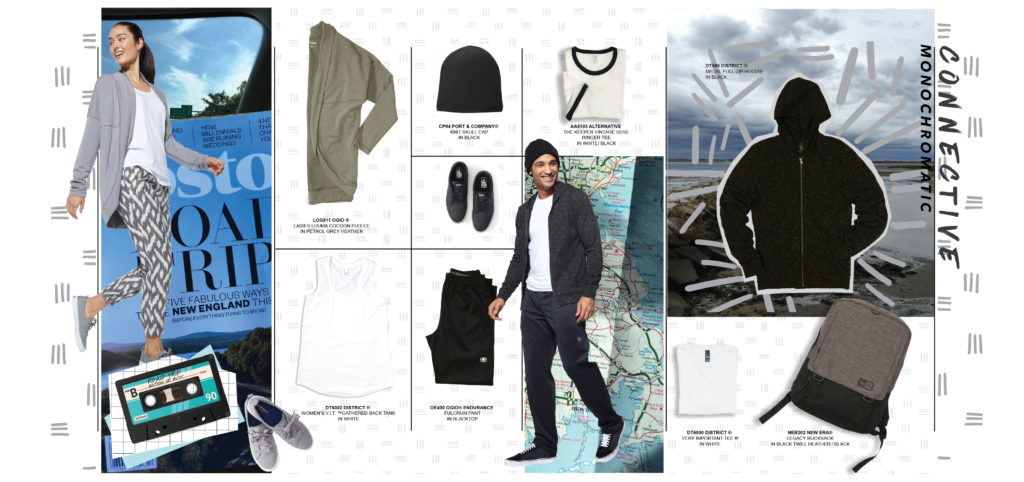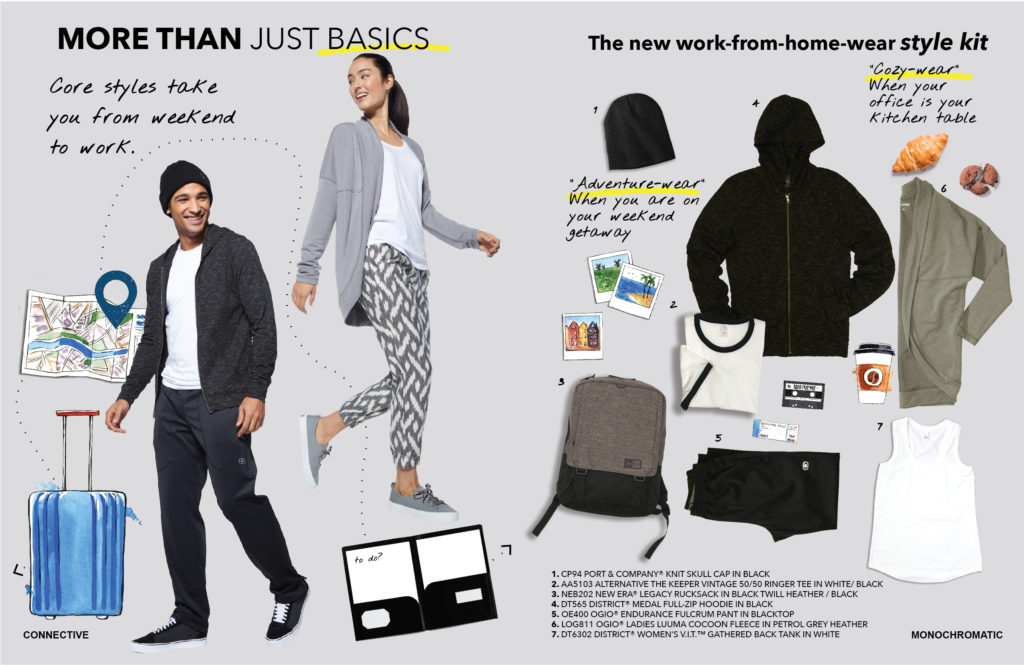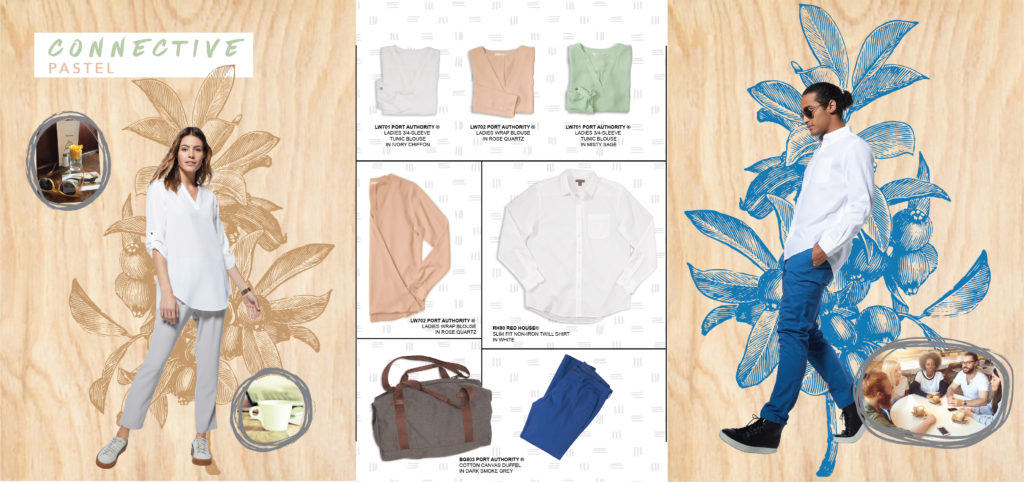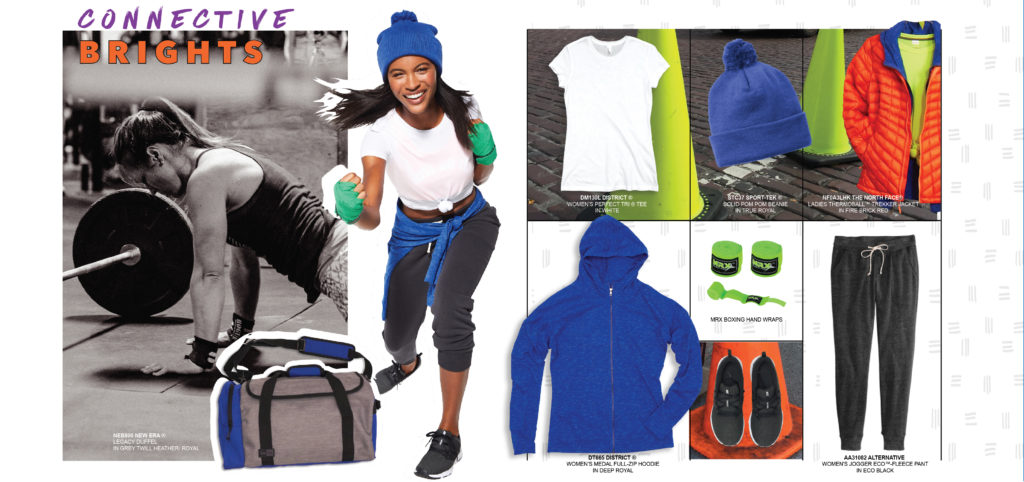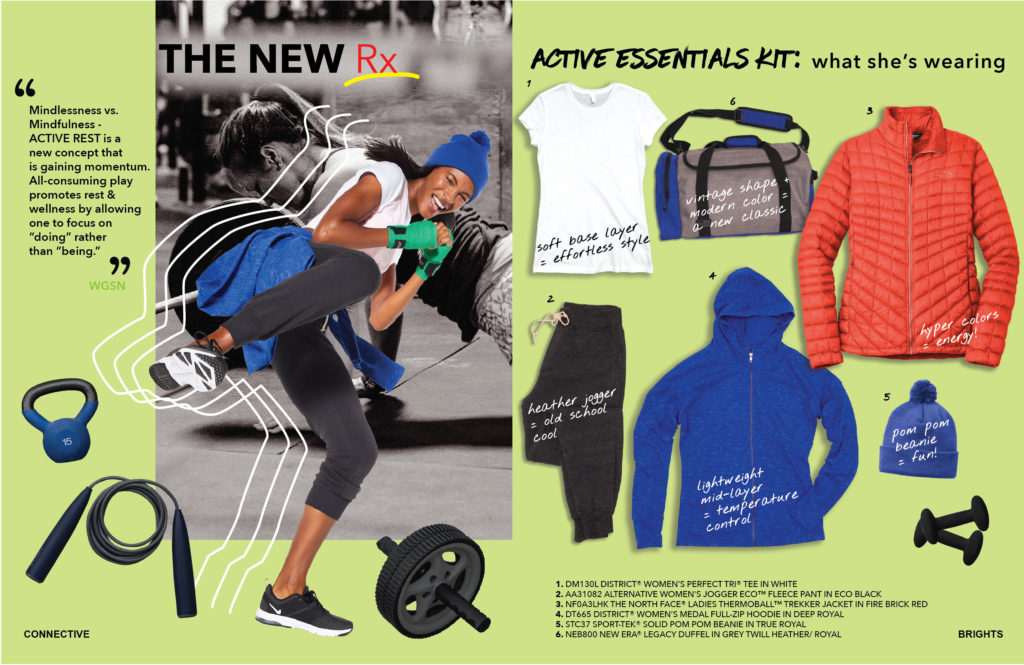Emotion in the digital age is our new shared connection. Our joy, wonder, tenderness and sorrow are all wrapped within a crystal-clear image, photographed in evocative lighting and delivered to the palm of our hands. I kind of love it even though I know it can be problematic. To have that much emotion so close at hand in our 24-hour news cycle can sometimes create too much drama. Still, I continue to connect to many things I see around me. I find moments of sustenance from these visuals and sounds that come through my phone, tablet and even my TV. It’s very powerful.
Visual storytelling is at an all-time high – necessitated by intense competition for our attention on our digital screens. Whether I have information to share with you or a product I want to sell, if I need to get your attention in order to get my message across. Welcome to the age of storytelling on steroids. There are a great variety of methods employed to share these messages. One of those is called connective storytelling.
It’s one of the most common and the most understandable ways to communicate because the methods are rooted in the most basic ways we relate to one another. Handwriting, nostalgia and photographs that evoke kinder times. All of these are examples of how connective storytelling works.
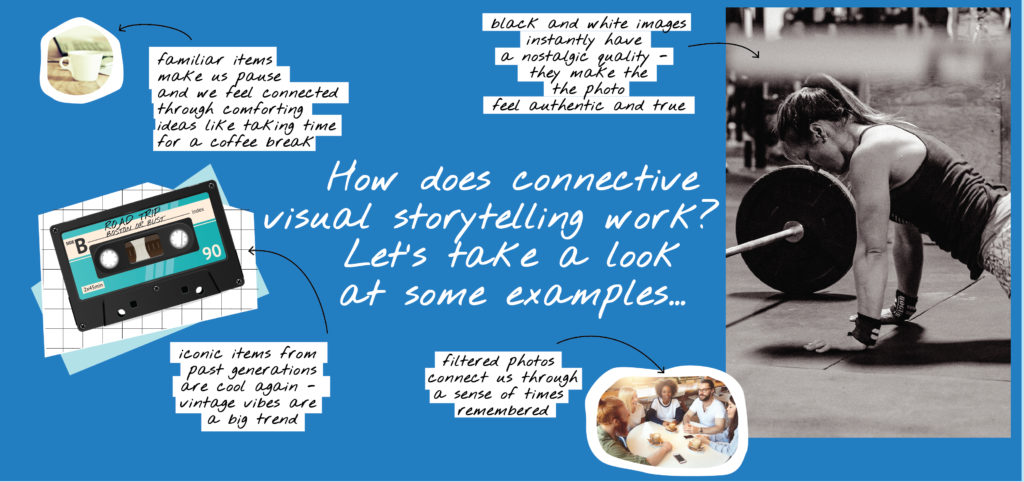
It’s not uncommon for each generation to want to connect to something they deem to be “cooler” than themselves and their present experience. When both the present and the future feel as unpredictable and scary as they do right now, the known past can easily feel better than today. So, bring on the retro! Put on some tinted glasses and look at some pictures through an app with the nostalgia filter set to high. Let’s connect to some more comforting times.
